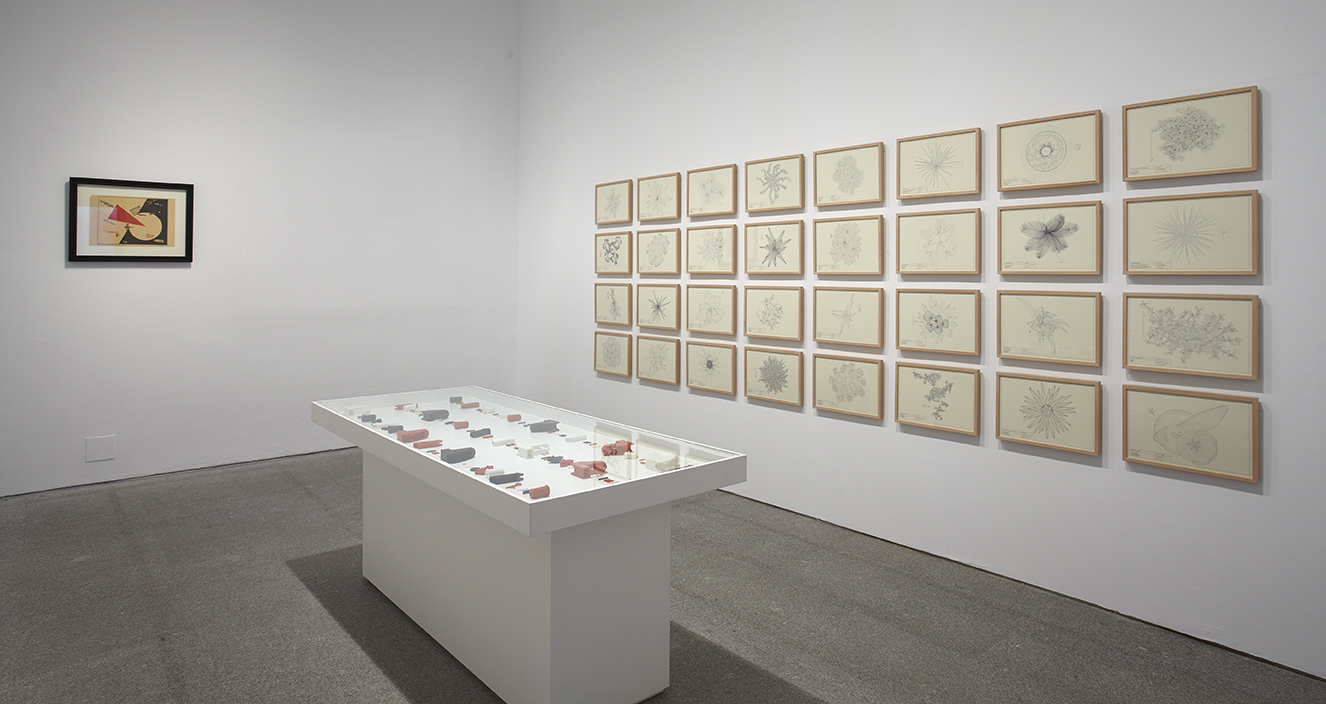Guernica. Universal Exhibition Paris 1937, 2012-2014
When the Spanish pavilion presented Pablo Picasso’s newly finished
painting Guernica (1937) at the World’s Fair in 1937 in Paris, not many
visitors stopped to look at its nightmarish depiction of the ongoing
Spanish Civil War. Instead, interest gathered around the German
and Russian pavilions and their Nazi and Communist propaganda.
Today, these political ideologies are well known to have been directly
involved in the atrocious destruction that the painting represents,
and Guernica itself has become one of the most popular artworks
in the world, canonized as a seminal statement of the dangers of
political ideology. Guernica 1937 is a discussion of the painting, the
World’s Fair, and their political-historical contexts. Through documentary
material presented in several vitrines and a projection of
footage related to the fair, the installation invites the audience to
openly and critically revisit the event. The installation addresses the
specific case of Guernica but also encourages reflection on the more
general question of how the reception of works of art is mediated
and framed by external circumstances. Moreover, the installation
reminds the audience of the violence that political propaganda all
too often seductively disguises and of the importance art—for example,
Guernica—can play in exposing this violence.

